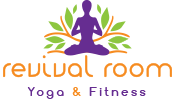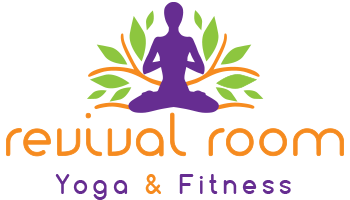Reiki
What is Reiki?
Reiki is a hands-on relaxation technique that is used to reduce stress, aid relaxation and improve healing. It works with the energy in the human body by helping to balance this energy and strengthen its flow. When a person’s energy is high, or balanced, the body relaxes and its own ability to heal increases.
What does it do?
Research on Reiki and similar forms of energy work has shown that in addition to relaxing a person it can accelerate the healing of wounds, burns, fractures and infections, help to reduce stress, muscle tension, pain and blood pressure, to boost the immune system, and to promote a person’s sense of well-being. Reiki can be helpful pre and post operatively, during illness or injury, or to maintain wellness. It s not meant to replace treatments or medication that have been ordered by your doctor, but to work with them to help recovery. Specific outcomes cannot be guaranteed and results will vary from person to person.
What is it like?
During a Reiki session a client remains clothed and sits or lies down comfortably. The practitioner will place their hands along energy paths on the body (like those used by acupuncturists). If you do not like to be touched they can work a couple of inches away from your body. Sensations experienced include, but are not limited to, warmth, coolness, tingling, or nothing at all. Most people experience a pleasant relaxation. Occasionally, someone may experience discomfort such as headache during or just after a session, this is due to the alteration in energy flow and is the result of work being done by the body.
Reiki is non-invasive and can do no harm.

